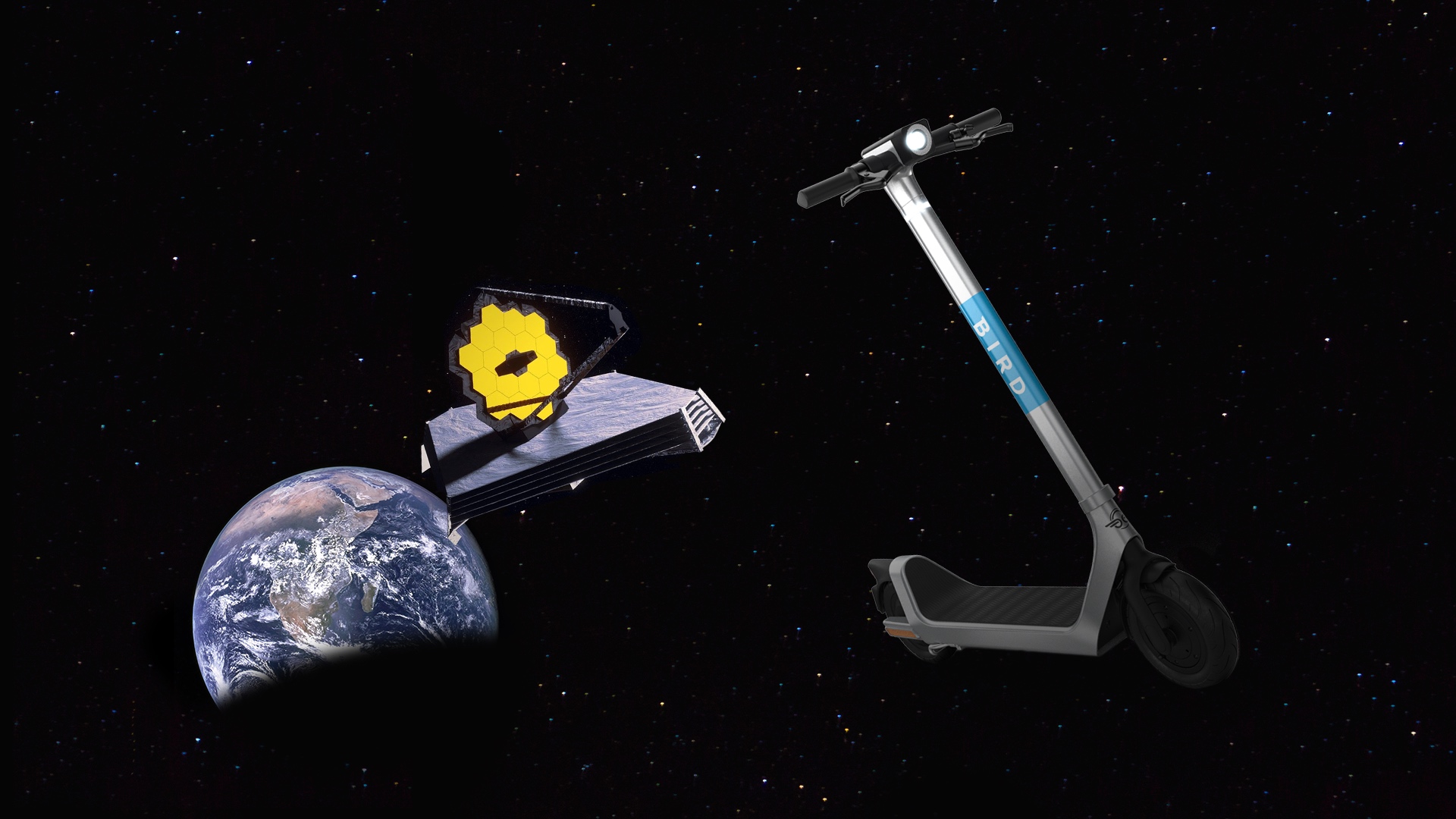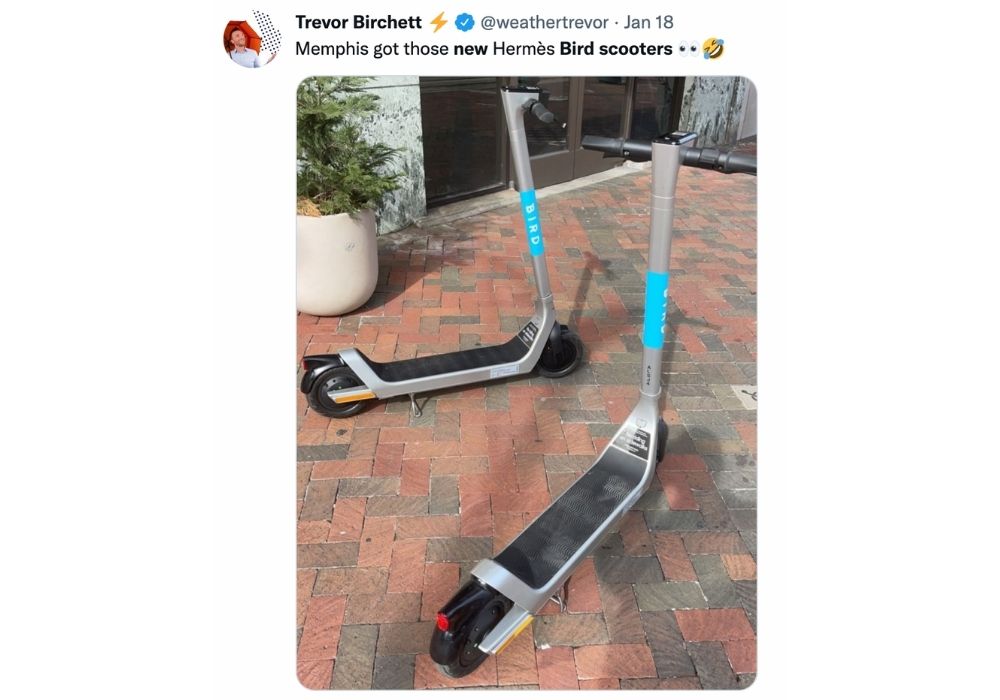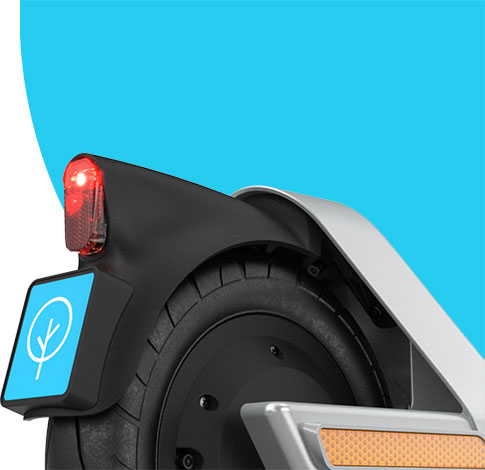Here’s an interesting data point.
NASA’s James Webb Space Telescope will orbit the sun about a million miles away from Earth at what’s known as the second Lagrange point, or L2. While that immense distance is nothing to scoff at, it’s about 11 million miles shorter than the distance covered by riders on our newest Bird Three scooters—and counting.
Engineered to be the world’s most eco-friendly scooter, the first Bird Threes were deployed in the summer of 2021. Since then, a series of strategic global launches has helped us replace recycled, end-of-life Bird Zero and Bird One scooters with their newer, high-tech counterparts.
Just this week, Brussels and Memphis have joined nearly 70 other Bird partner cities around the world including New York, San Francisco, Tel Aviv, Lisbon and Berlin in offering the advanced safety and security of our newest e-scooters.
On average, riders travel nearly 1.5 miles (2.5 kms) every time they unlock a Bird Three, with some motivated individuals clocking in single rides at just over 28 miles. This is a testament to the engineering, durability and extended battery life of our most state of the art vehicles to date.
Among the features that make the Hermès-esque Bird Three so unique are its industry-leading footboard design for increased stability, Vehicle Location and Battery Management Systems as well as a suite of safety innovations including Beginner Mode, Skid Detection and Smart Sidewalk Protection.
To learn more about Bird vehicle launches and milestones, subscribe to the Bird Cities Blog.


